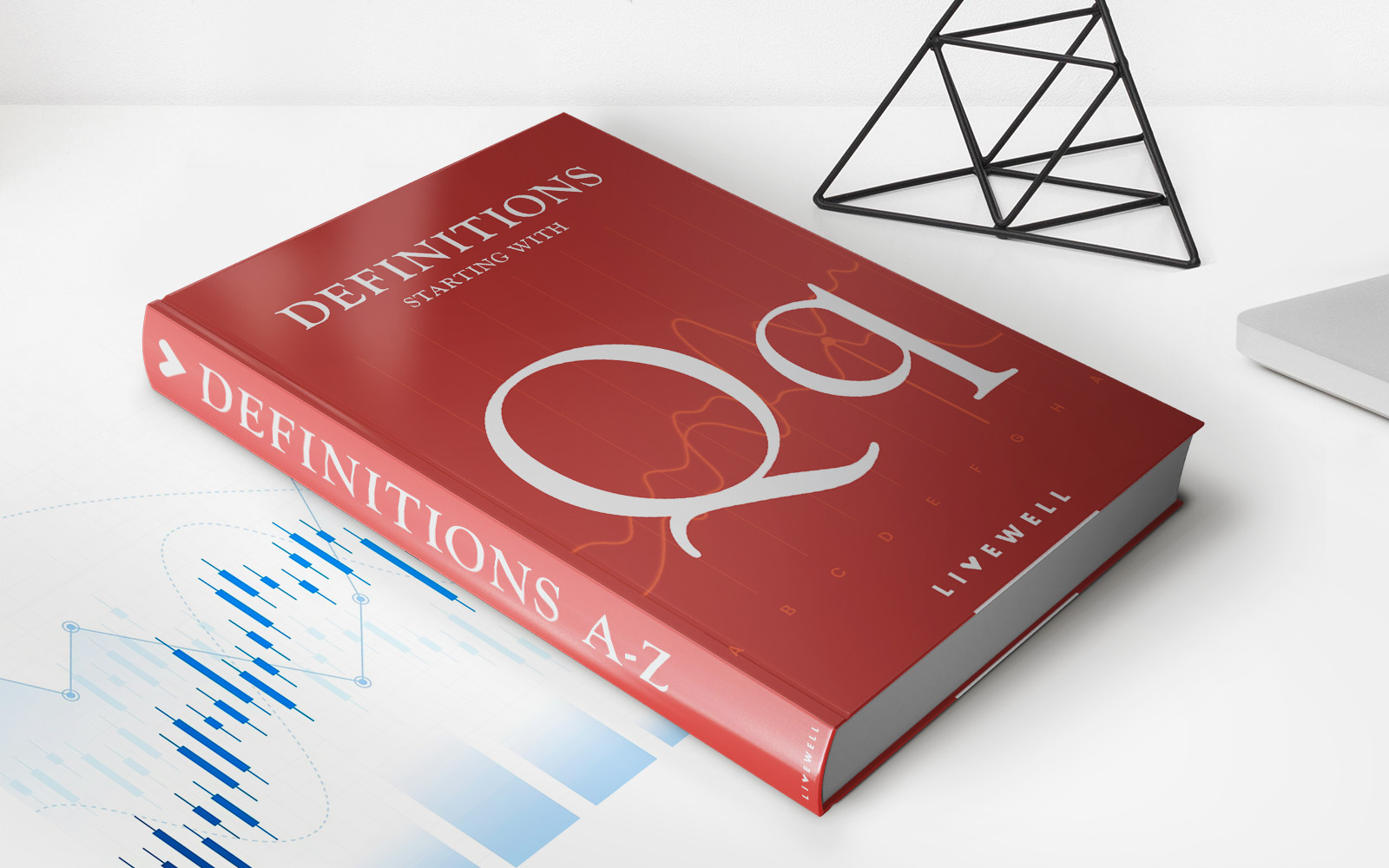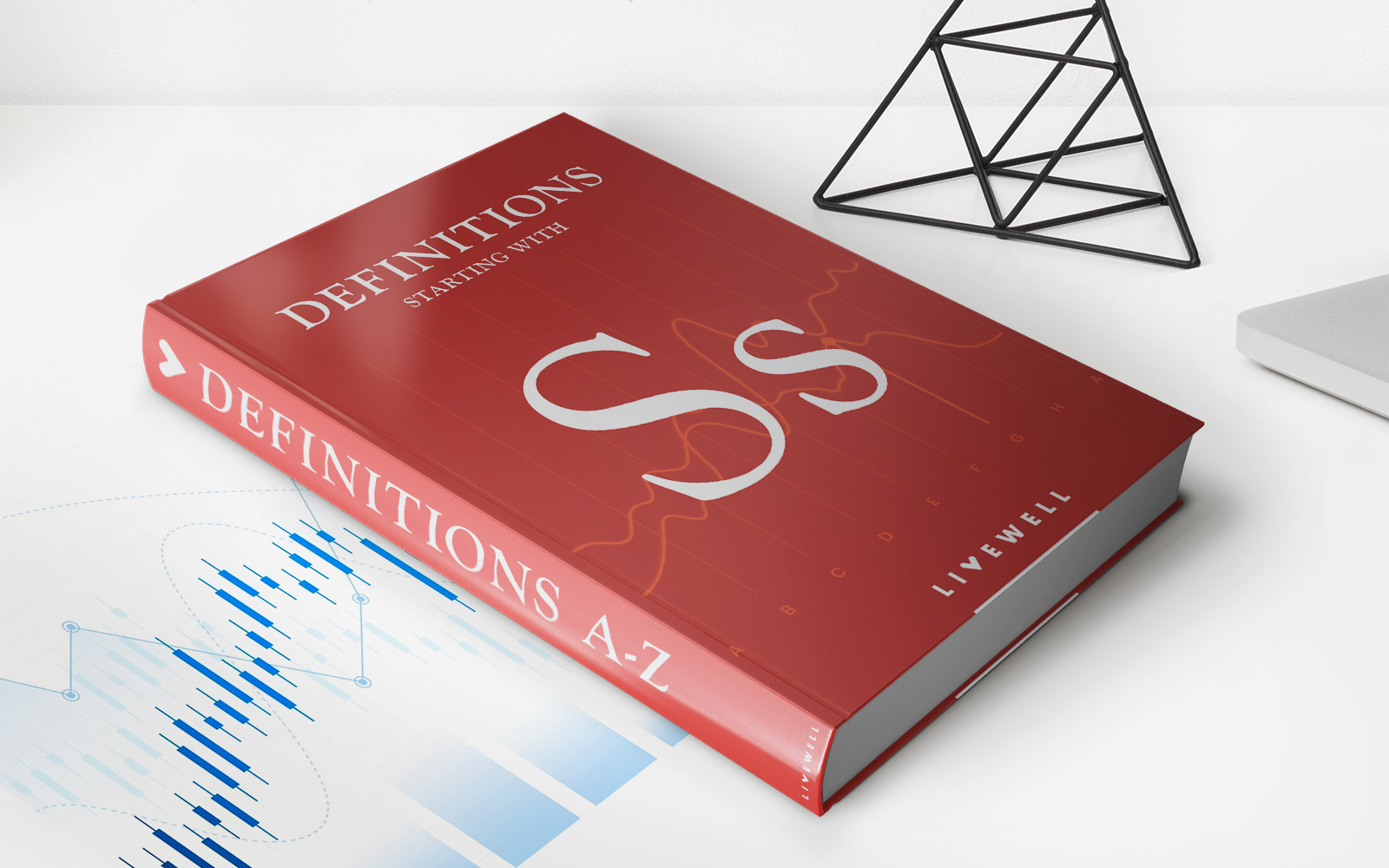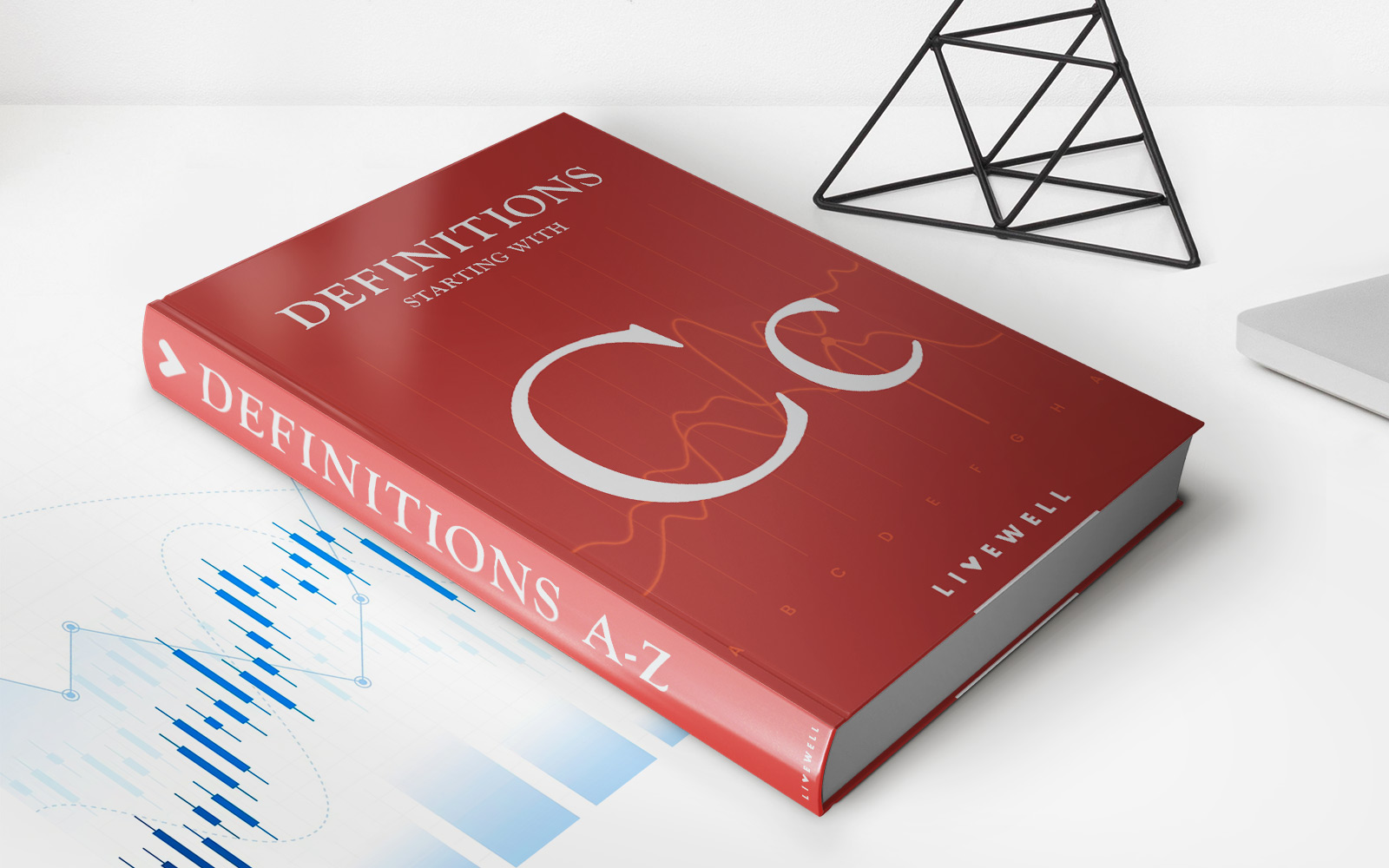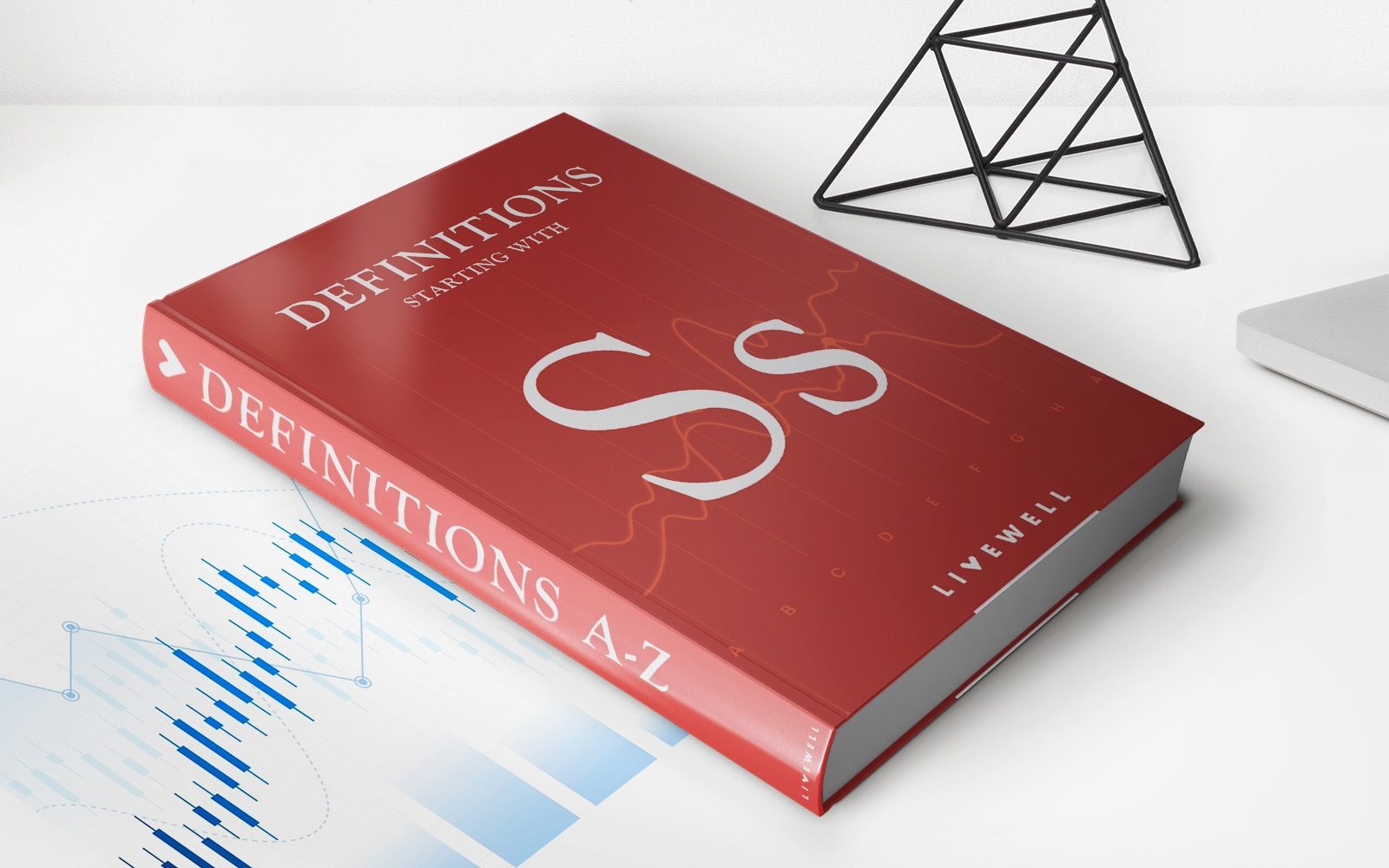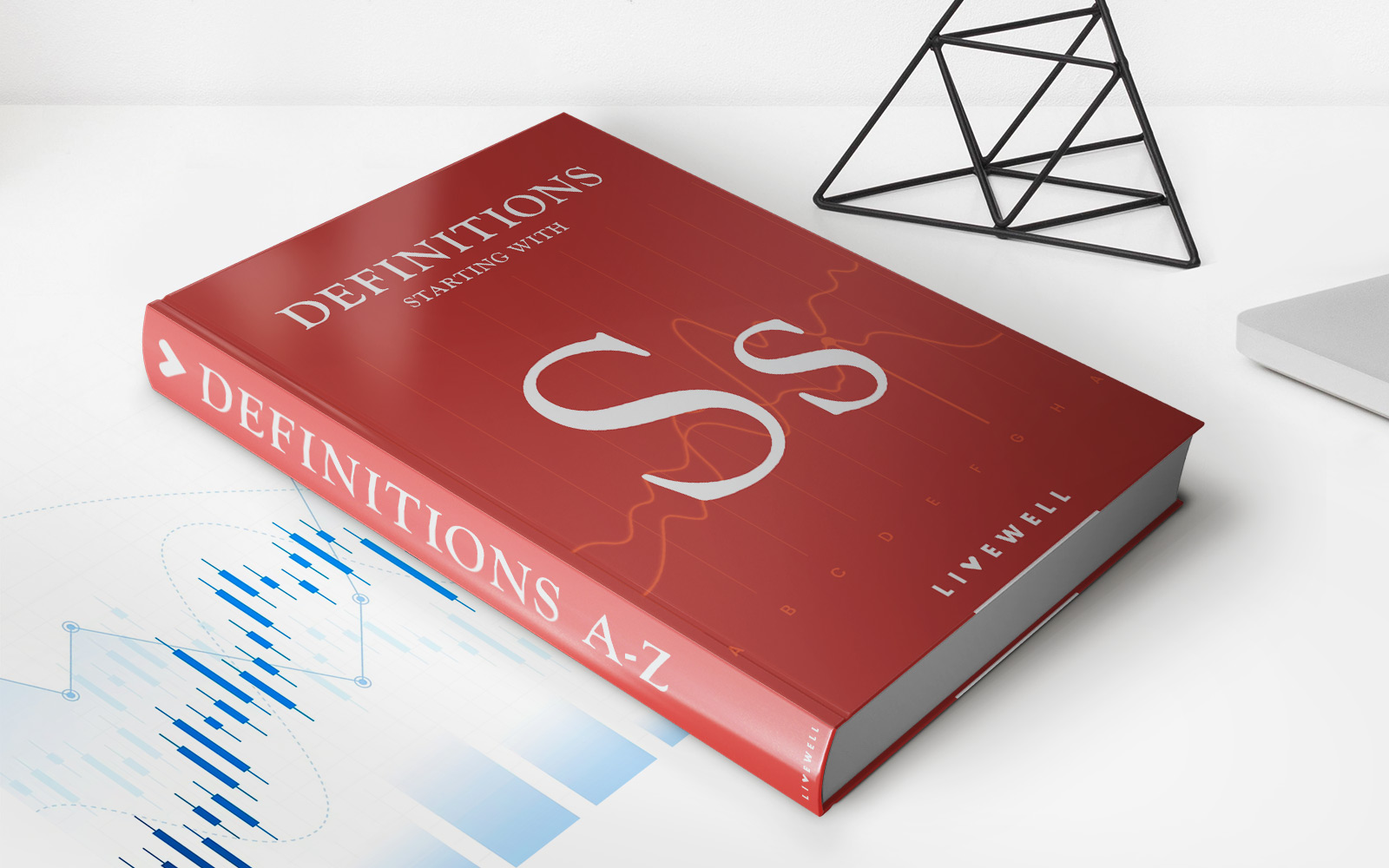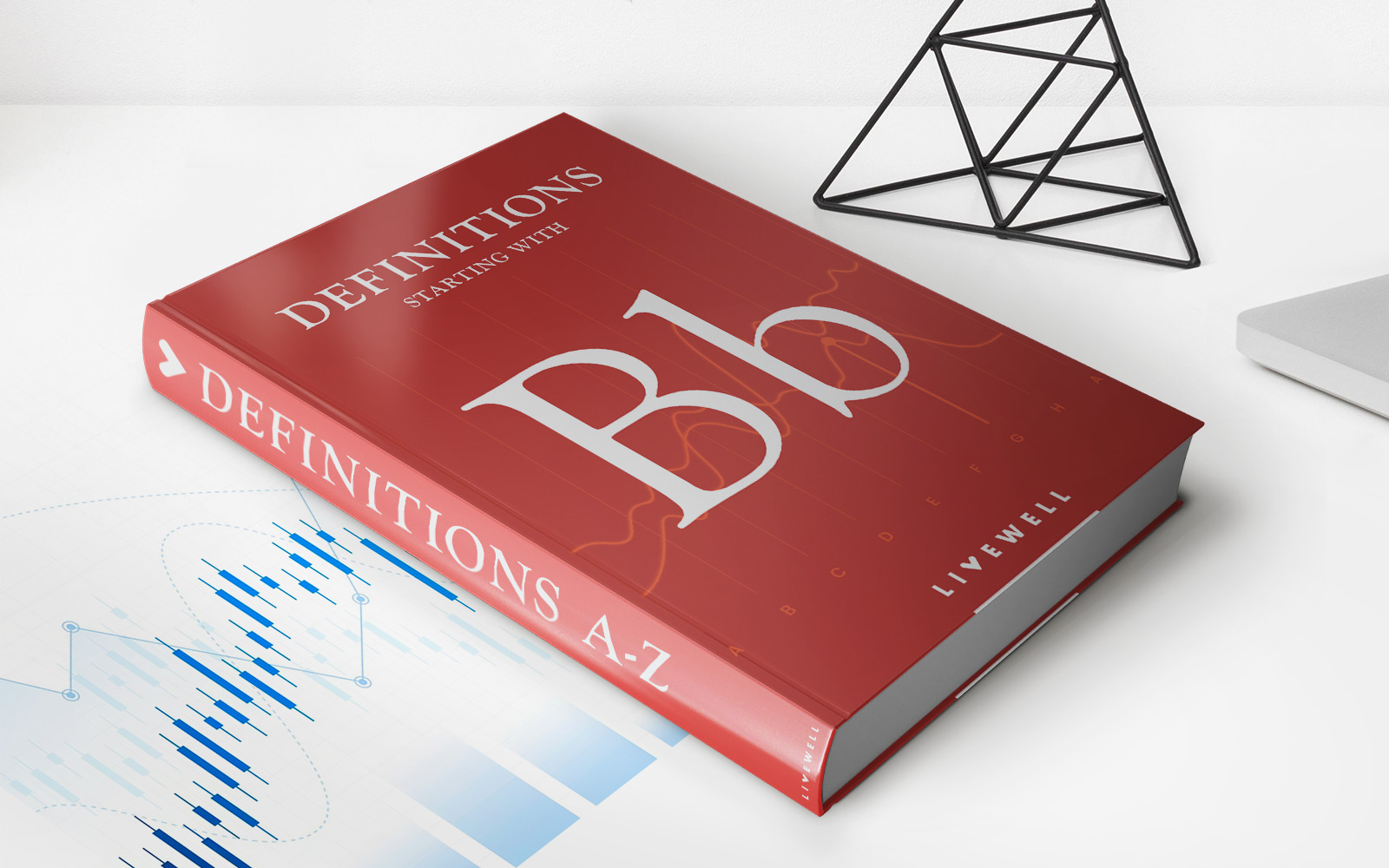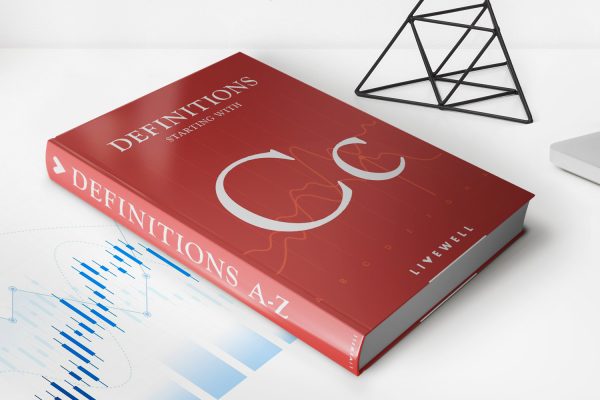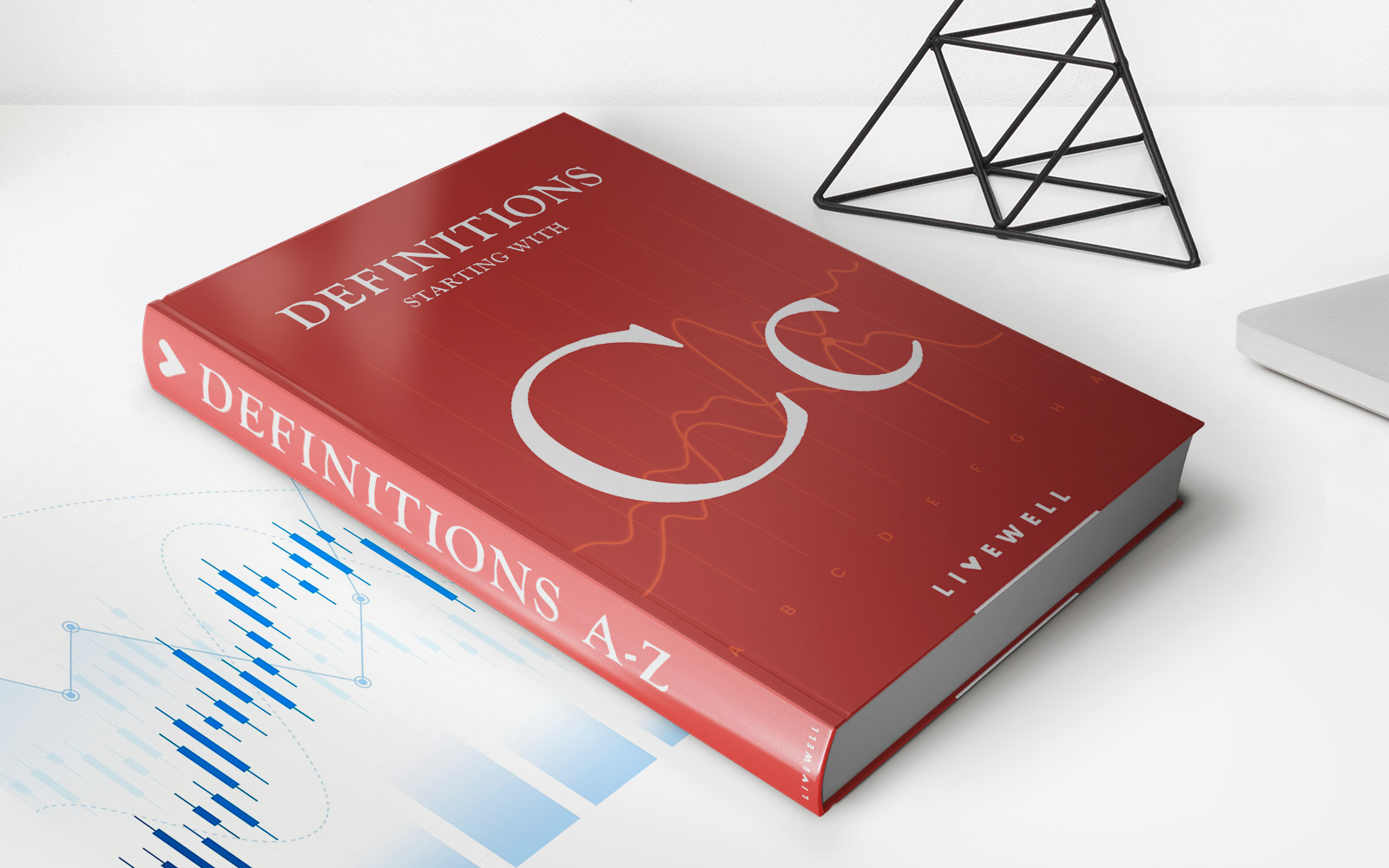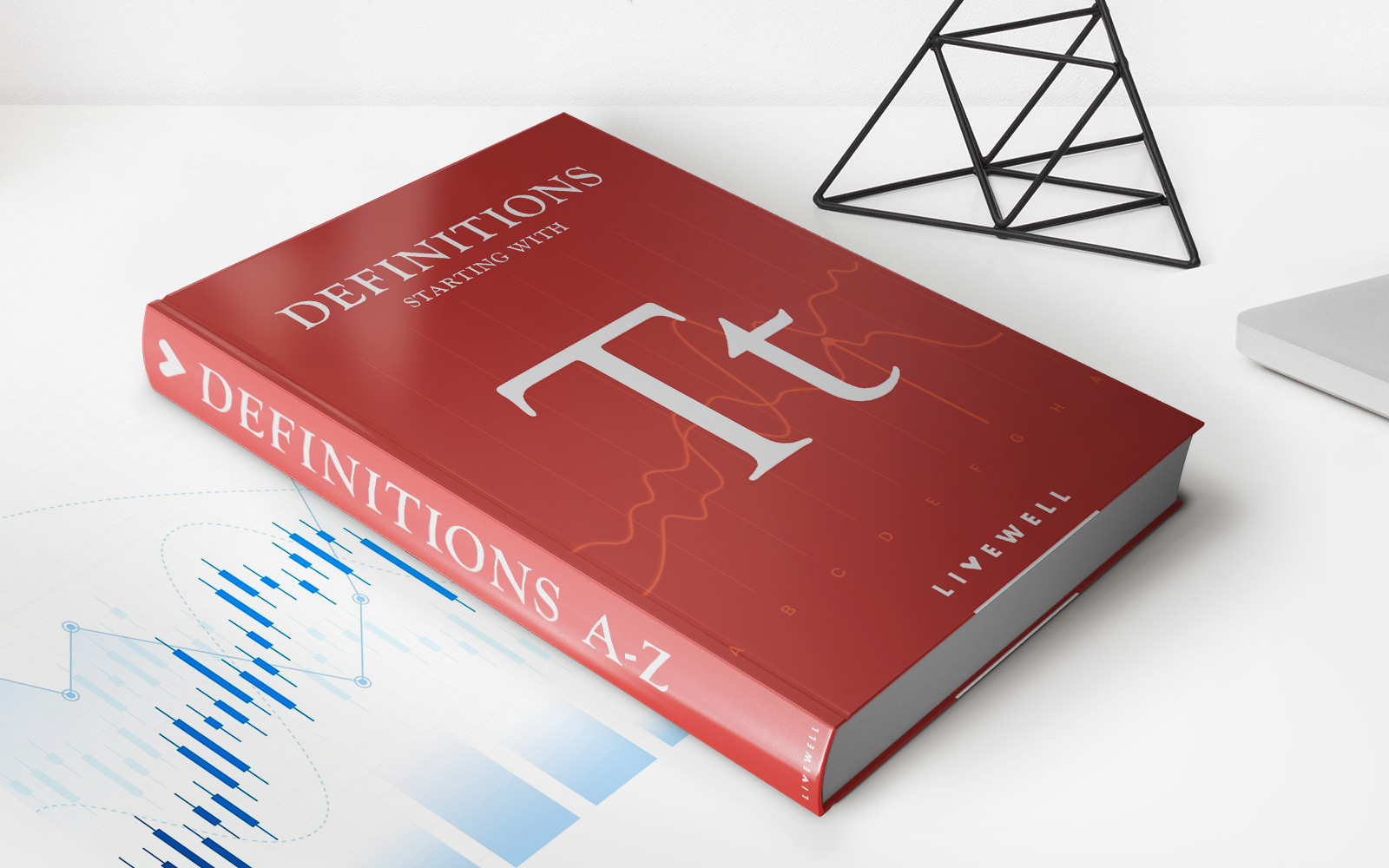Home>Finance>Borrowed Capital: Definition, Forms, How It’s Used, And Example
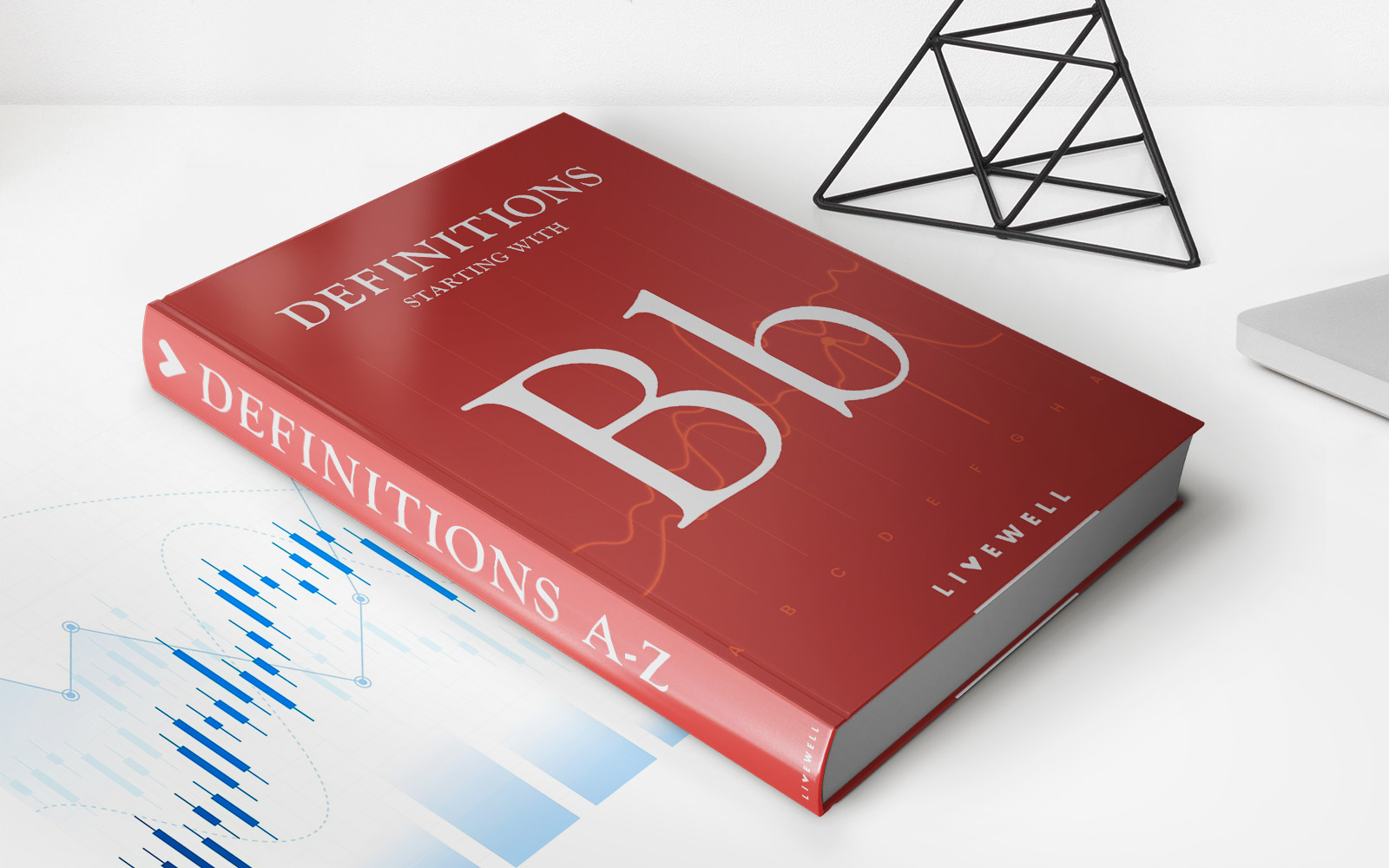

Finance
Borrowed Capital: Definition, Forms, How It’s Used, And Example
Published: October 18, 2023
Learn about borrowed capital in finance, including its definition, various forms, how it's used, and discover an example to better understand its significance.
(Many of the links in this article redirect to a specific reviewed product. Your purchase of these products through affiliate links helps to generate commission for LiveWell, at no extra cost. Learn more)
Borrowed Capital: Definition, Forms, How It’s Used, and Example
Financial stability is crucial for individuals and businesses alike. Sometimes, however, we may find ourselves in need of additional funds to achieve our goals or overcome unexpected expenses. This is where borrowed capital comes into play. In this article, we will explore the concept of borrowed capital, its various forms, how it is used, and provide an example to help you better understand its significance.
Key Takeaways:
- Borrowed capital refers to funds acquired from external sources to meet financial needs.
- Forms of borrowed capital can include personal loans, mortgages, credit cards, lines of credit, and more.
What is Borrowed Capital?
Borrowed capital, also known as debt capital, is money obtained from external sources to fulfill financial requirements. Whether it’s an individual obtaining a personal loan or a business securing a credit line, borrowed capital plays a significant role in the financial world.
Borrowed capital enables individuals and businesses to access funds that they may not have readily available, allowing them to bridge gaps, make investments, or seize opportunities. It is important to note that borrowed capital comes with an agreement to repay the borrowed amount, usually with interest, over a specified period of time.
Forms of Borrowed Capital
Borrowed capital can take various forms depending on the needs and circumstances of the borrower. Here are some common forms of borrowed capital:
- Personal Loans: These loans are typically unsecured and can be used for various personal expenses, such as home renovations, debt consolidation, or education.
- Mortgages: A mortgage is a type of loan used to purchase property, with the property itself serving as collateral for the lender.
- Credit Cards: Credit cards provide a line of credit that allows consumers to borrow money up to a certain limit and repay it over time.
- Lines of Credit: Similar to credit cards, lines of credit provide borrowers with access to a certain amount of funds, but generally offer lower interest rates.
- Business Loans: Business loans enable businesses to secure capital for various purposes, such as expanding operations, purchasing inventory, or investing in new equipment.
How Borrowed Capital is Used
The use of borrowed capital varies depending on the specific needs and goals of the borrower. Some common uses of borrowed capital include:
- Starting or expanding a business
- Investing in real estate or property
- Consolidating high-interest debt
- Covering unexpected expenses or emergencies
- Pursuing higher education or skill development
An Example of Borrowed Capital
Let’s consider an example of borrowed capital in action. Suppose a small business owner wants to expand their operations by opening a second location. However, they lack the necessary funds to cover the costs of leasing a new building, purchasing inventory, and hiring additional staff. In this scenario, the business owner may seek a business loan from a bank or alternative lender. By obtaining borrowed capital, the business owner can successfully expand their business, increasing their chances of generating higher revenue and profits.
In conclusion, borrowed capital plays a vital role in both personal and business finance. It allows individuals and organizations to access funds they need to achieve their goals, whether it’s starting a business, investing in real estate, or covering unexpected expenses. However, it’s important to use borrowed capital wisely, considering the potential costs, risks, and the ability to repay the borrowed funds. By understanding borrowed capital and its various forms, individuals and businesses can make informed financial decisions to navigate their financial journey successfully.
